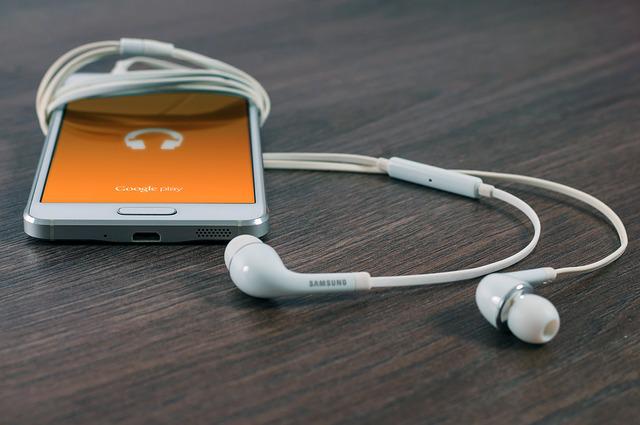To be honest, the answer to this will vary from individual to individual.
For some people, a mobile phone is only due for a change when it starts to malfunction. So, if a phone
If it isn’t showing signs of damage or looking like it’s past its shelf life, there’s no point changing it. I have
I have friends who belong to this school of thought.
On the flip side, some rush to the store to swap their phones once a new model arrives. I belong to this group. I recently swapped my iPhone XS Max for a 12 Pro a few weeks ago.
Finally, some change phones simply because they get tired of them. In any case, we’ve created this article to help you decide when to change your phone. If you’re having trouble making your mind up, this post will guide you every step of the way.
When is your phone due for a change?
1. Battery is starting to run out quickly
Even the cheapest smartphones come with durable batteries. If you notice your battery dies faster than before, you don’t need to be told it’s time for a change of phone.
There is a chemical component in every battery that is called lithium-ion. This chemical component, over time, begins to deteriorate, causing your battery to hold less energy. A battery loses up to a fifth or more of its capacity to retain a charge after several hundred recharge “cycles.”
To save your battery from deteriorating, you must avoid some habits like charging your phone overnight or allowing your phone’s battery to run down each time before charging.
That said, once you notice your battery life isn’t what it used to be – iPhone will tell you via the battery health feature – the best thing is to change your phone and get a new one. Although a good phone repair specialist can help you change your battery, getting a new phone is always advisable.
2. You’re out of storage space
For the base model, most Android phones now have around at least 128GB of internal storage, which is more than enough for most users. However, depending on your model, if your Android phone is more than three to five years old, it might only have a maximum storage capacity of 16, 32, or 64 GB.
That could have been sufficient in the past, but given the growing file sizes of most media types, it is insufficient now.
Today’s smartphones have better resolution cameras, graphically richer mobile games, and more feature-rich social media apps.
You will need a lot of space if you want to use most of these applications.
3. If the phone is lagging
It’s time to replace your smartphone if it isn’t responsive anymore. It can be unpleasant when your phone starts to lag or takes a while to answer.
I can still recall when my earlier phone started behaving this way whenever I used my messaging apps. I’ll have to wait a long time to send or receive messages. Most often, in my opinion, upgrades are too resource-intensive for a phone’s RAM.
Your phone may lag as a result of recently updated resource-intensive applications.
In some other situations, the background-running application could cause your phone to lag. This application spends the majority of its resources in the background.
You’ll have more alternatives to leverage more powerful resources and quick response if you switch your gadgets.
4. It’s Outdated and Lacking Updates
This is a typical feature for Android and iPhone gadgets. Every year, fresh updates are always made available for both firms’ products. This update typically includes new features that your device might not support.
You will need to obtain a new phone or purchase a device that is compatible with the latest update to take advantage of these new updates.
Depending on the manufacturer, some phone manufacturers offer up to a four-year OS for their phones, while others only offer three.
Your phone will stop receiving security upgrades as well as OS updates, leaving it open to hacker attacks. A replacement phone can be the best course of action if you’re concerned about an old phone that is no longer receiving updates.
5. New application won’t work.
Some applications won’t function properly on your device, just as a new OS won’t work on it. The new program, which might support your gadgets, could bring about improvement.
Mobile gaming applications frequently update their gameplay or include new characters. Due to the app’s high demands on your device’s RAM and graphics, this might not function.
The best way to test this is to install some resource-intensive applications. Try out a few resource-intensive games or VR apps to see how they run on your phone. It’s probably time for a new phone if they don’t function properly.
6. Apps crashing repeatedly
App crashes are widespread on Android mobile devices. There are occasions when an app is unreliable or poorly made, and other times the problem is with your phone’s compatibility. On phones with outdated software, for instance, some apps might not function.
Apps frequently crashing on your phone could be an indication of a more serious issue. The demands that apps are making on your phone’s RAM and CPU may lead them to crash. The app will crash if there are insufficient resources to carry it.
When your device’s storage is low, especially for apps that often save data or access the storage, you could also experience crashes. More storage will be available on newer phones to address this specific problem.
7. Poor Camera
My phone’s camera was not doing my images justice, so I recently changed it. Even though this differs from person to person, I still consider it a cause to switch phones.
Get a nice phone that offers you outstanding quality if you enjoy going out and shooting pictures of things at random. You may believe that editing will solve the problem, but you may not always obtain the desired outcome.



